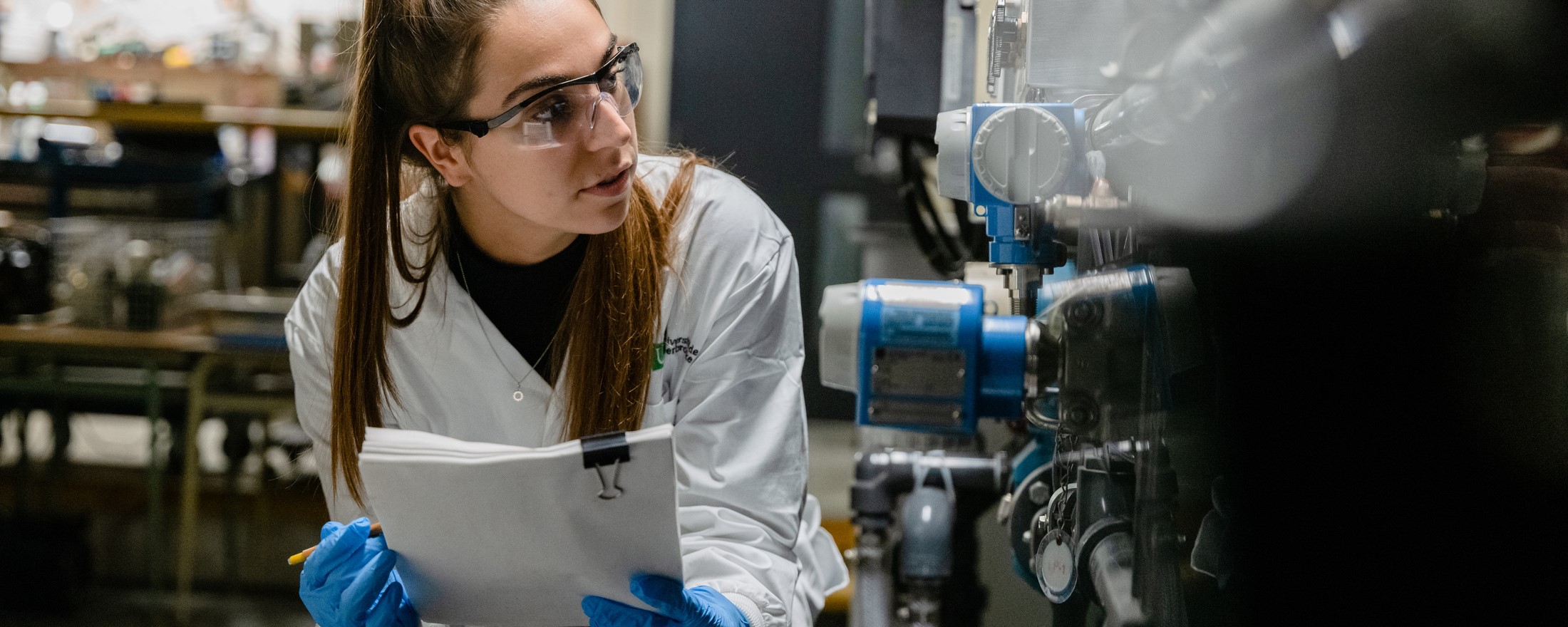Development and in situ monitoring of an ammonia production process
Overview
- RESEARCH DIRECTION
- Esma Ines Achouri, Professeure - Department of Chemical and Biotechnological Engineering
- ADMINISTRATIVE UNIT(S)
-
Faculté de génie
Département de génie chimique et de génie biotechnologique
- LEVEL(S)
- 2e cycle
- LOCATION(S)
- Centre de mise à l'échelle
Project Description
Ammonia production is one of the most intensive globally, reaching nearly 150 million metric tons annualy and finding applications in a diverse range of industries, particularly in the food and industrial refrigeration sectors. The primary driver of ammonia demand is the production of nitrogen fertilizers, crucial for boosting agricultural yields to meet the ever-growing global food demand. Consequently, the challenges associated with ammonia production are significant not only economically but also from an energy and environmental perspective. The predominant method employed for ammonia synthesis is the Haber-Bosch process, which utilizes nitrogen and dihydrogen (N2 + 3 H2 2NH3). However, this process requires a substantial amount of energy, involving high temperatures and high pressures, to dissociate the highly stable atmospheric nitrogen molecule. Recent studies have explored alternative, less energy intensive methods, including the use of non-thermal plasma, which enables the energy consumption of the process to be considerably reduced. Various methods of generating non-thermal plasma have been studied, although microwave technology, advantageous for obtaining low-temperature plasma, has received limited attention. Another crucial environmental aspect of this project is to avoid the direct use of dihydrogen by opting for the decomposition of methane through non-thermal plasma to provide the required dihydrogen for ammonia production. Consequently, this research centers on employing non-thermal plasma generated by microwaves to produce ammonia from methane and nitrogen with the help of the most efficient catalyst. Real-time monitoring of the reactants (catalyst and inlet gases) and products (NH3, H2 and residues) is imperative to understand the reaction mechanisms and control the ammonia production. To accomplish this, FTIR spectroscopy will be used to analyze catalyst surface consumption, while Residual gaz analyzer (RGA) and Optical Emission spectroscopy (OES) will be used to monitor the ionization in the non-thermal plasma and quantify reaction ions leading to ammonia. Objectives: - Develop the ammonia production process in the non-thermal plasma reactor, - Develop in-situ monitoring methods utilizing FTIR, OES and RGA for both qualitative and quantitative analysis, - Test various non-metallic and metallic catalysts to optimize reaction yields.
Discipline(s) by sector
Sciences naturelles et génie
Génie chimique
Funding offered
Yes
20,000 / year for a research master's degree or $1,000 / month for a course master's degree (essay)
The last update was on 20 March 2024. The University reserves the right to modify its projects without notice.
